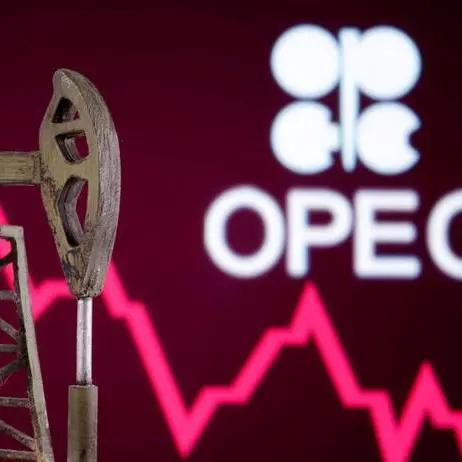PHOTO
Gold prices have recently found strong support around the $2,290 mark, leading to a notable rebound propelled by the weakening US dollar, which followed the release of adverse economic data.
Gold peaked at $2,334 per ounce and showcased resilience amidst currency fluctuations. A careful analysis of the four-hour time frame chart, particularly the Stochastic indicator, reveals a prevailing negative pressure from the simple moving averages and corroborating bearish signals, experts said.
“These indicators suggest that the ongoing downward correction may continue. The persistence below the pivotal support-turned-resistance level at $2,325, coupled with its alignment with the 23.60% Fibonacci retracement, reinforces the likelihood of a resumption in the downward corrective trend. Targets for this downtrend lie at $2,300 and $2,260, serving as crucial waypoints,” said Mohamed Hashad, chief market strategist, Noor Capital.
However, a reversal scenario is possible if gold reclaims stability above $2,325, which could mitigate losses and initiate a retest towards $2,365/2360. It is important to note that geopolitical tensions, a key factor in gold price movements, are still high, Hashad noted.
Gold prices have continued to fall for two consecutive sessions this week despite a weakened US dollar. Negative economic indicators raised concerns about US economic growth, especially with a decline in April in the preliminary reading of the purchasing managers’ index for the service and manufacturing sectors. The manufacturing activity decreased to 49.9 points, indicating contraction, starkly contrasting with market expectations of 52 points. These challenges, compounded by persistent high-interest rates, caused the US dollar to lose its recent gains and drop below the 106-point mark, the lowest in ten trading sessions.
Although geopolitical tensions in the Middle East previously boosted gold prices to a new historic high of about $2,431 per ounce, these tensions have eased since last week. However, gold’s attempt to regain momentum after a two-week low, hovering near $2,300 per ounce, is facing difficulties. The global risk sentiment remains positive, with slight US dollar buying due to diminishing concerns over Middle East tensions. Expectations of Federal Reserve monetary policy tightening further dampen gold’s outlook, Hashad said.
Market dynamics show that the Fed is likely to initiate a rate cut cycle in September rather than June, strengthening the US dollar’s position against gold. However, traders are waiting for critical US data releases this week, notably the Q1 GDP report and Personal Consumption Expenditures (PCE) price index, to gauge the Fed’s rate cut trajectory before recalibrating positions on the XAU/USD pair.
“It’s crucial for prudent traders to stay informed and monitor price behaviour around the $2,300 level before committing to further extensions of gold’s recent decline from the all-time high of $2431, achieved earlier this month on April 12,” Hashad said.
Their downward trajectory for the second consecutive session this week, despite favourable conditions arising from a weakened US dollar. Negative economic indicators spotlighted concerns over US economic growth, notably with a decline in April in the preliminary reading of the purchasing managers’ index for the service and manufacturing sectors.
Market dynamics indicate the Fed’s inclination to initiate a rate cut cycle in September rather than June, bolstered by a relatively stable inflation rate. This trend amplifies demand for US Treasury bonds, strengthening the US dollar’s position against gold. However, traders await key US data releases this week, notably the Q1 GDP report and Personal Consumption Expenditures (PCE) price index, to gauge the Fed’s rate cut trajectory before recalibrating XAU/USD pair positions.
Copyright © 2022 Khaleej Times. All Rights Reserved. Provided by SyndiGate Media Inc. (Syndigate.info).












